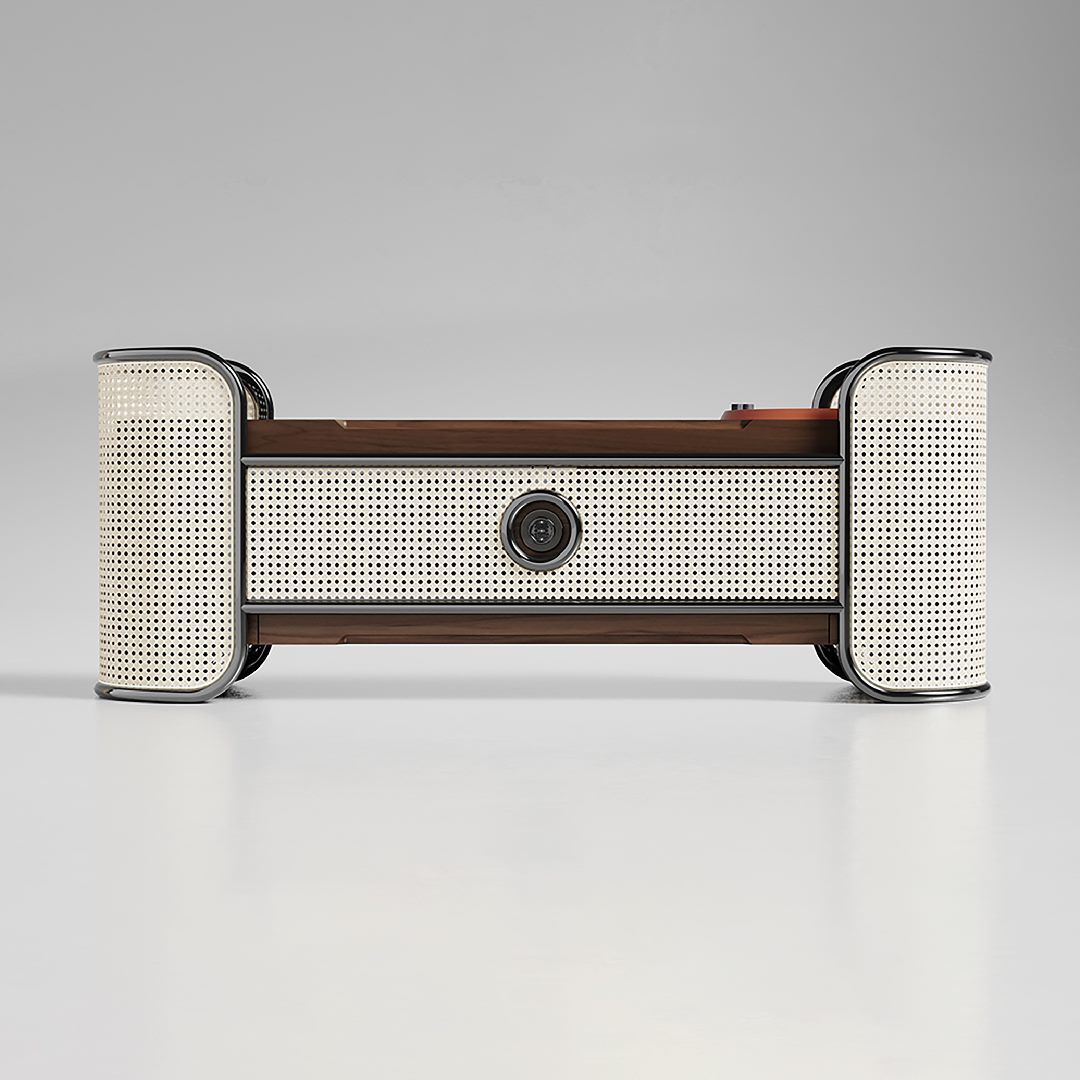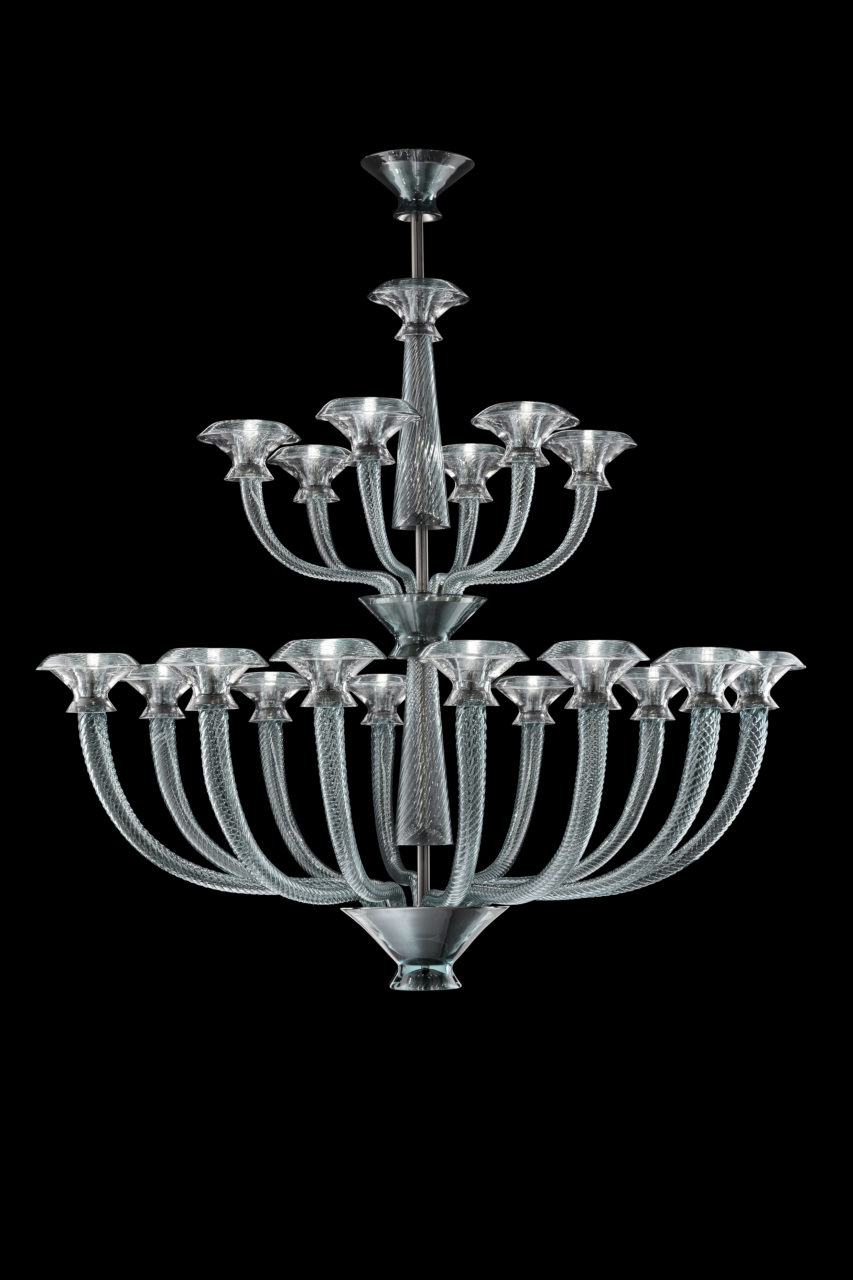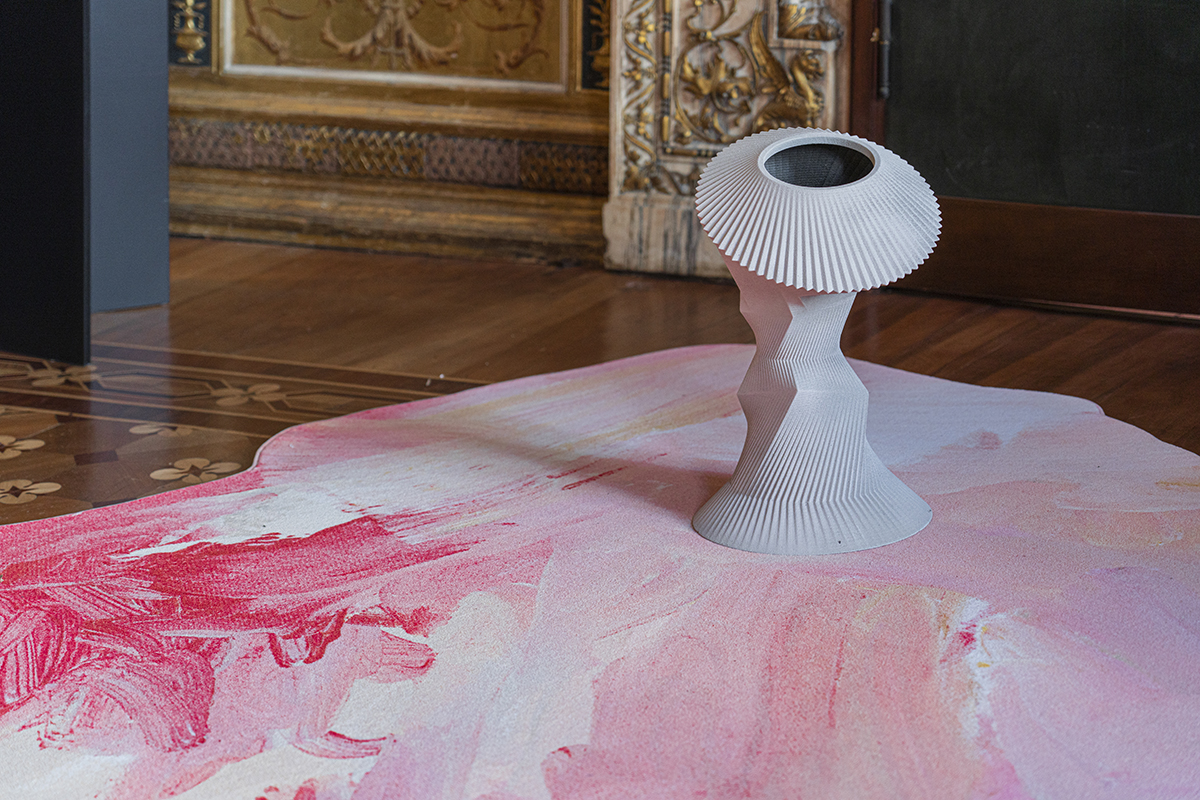After a year and a half of postponements and cancellations, Salone del Mobile relaunched in early September, albeit in a slightly different guise. The leading furniture fair kicked off the fall design season with a dynamic offshoot that did away with the conventional trade-show format, swapping exhibitor booths for monolithic displays interspersed by trees and playful seating. Dubbed Supersalone, the retooled, pared-back expo was nonetheless robust in its offerings—especially remarkable, given how the event was developed in just three months. The Fuorisalone satellite exhibits, often the highlight of Milan Design Week, were consolidated in and around the city’s downtown; here, a slew of commercial and cultural players staged exuberant showcases and programs that provided youthful talents the opportunity to rub shoulders with established heritage brands. Taken together, the proceedings exceeded all expectations. After endless months of Zoom-based talks and presentations, Milan was a breath of fresh air.
AN Interior parses out three themes that guided this year’s fair. The prominent focus on Italian designers made sense, given the restrictions of the pandemic, which, lest we forget, is still ongoing. Perhaps for this reason, several manufacturers revisited their catalogues for classics to update. Which isn’t to say that new designs didn’t make an impact. They did, thanks, in large part, to bold colorways and patterns.
Talenti Italiani
A handful of figures—Patricia Urquiola, Piero Lissoni, and Rodolfo Dordoni among them—have defined Italian design for a generation. No surprise then that they were behind several of the product launches at Milan Design Week. Joining them, however, were a handful of newcomers, including artist Edoardo Piermattei, designer duo CARA\DAVIDE, and architect Pietro Franceschini, whose sometimes wily, sometimes immaculate wares formed an effective contrast to the old guard. Still, regardless of any divergence in form or function—Urquiola’s Nuez Lounge and Matias Saga-ria’s Bondo bar cabinet may share an affinity for the retro, but Nichetto’s Chroma light couldn’t be further from Barovier & Toso’s signature Murano glass candelabra—the participants were united by national pride. Likewise, mainstay Italian brands like B&B Italia, Living Divani, Moroso, Foscarini, and Porro made their mark, ensuring that this year’s Salone del Mobile was as homegrown as you could get.

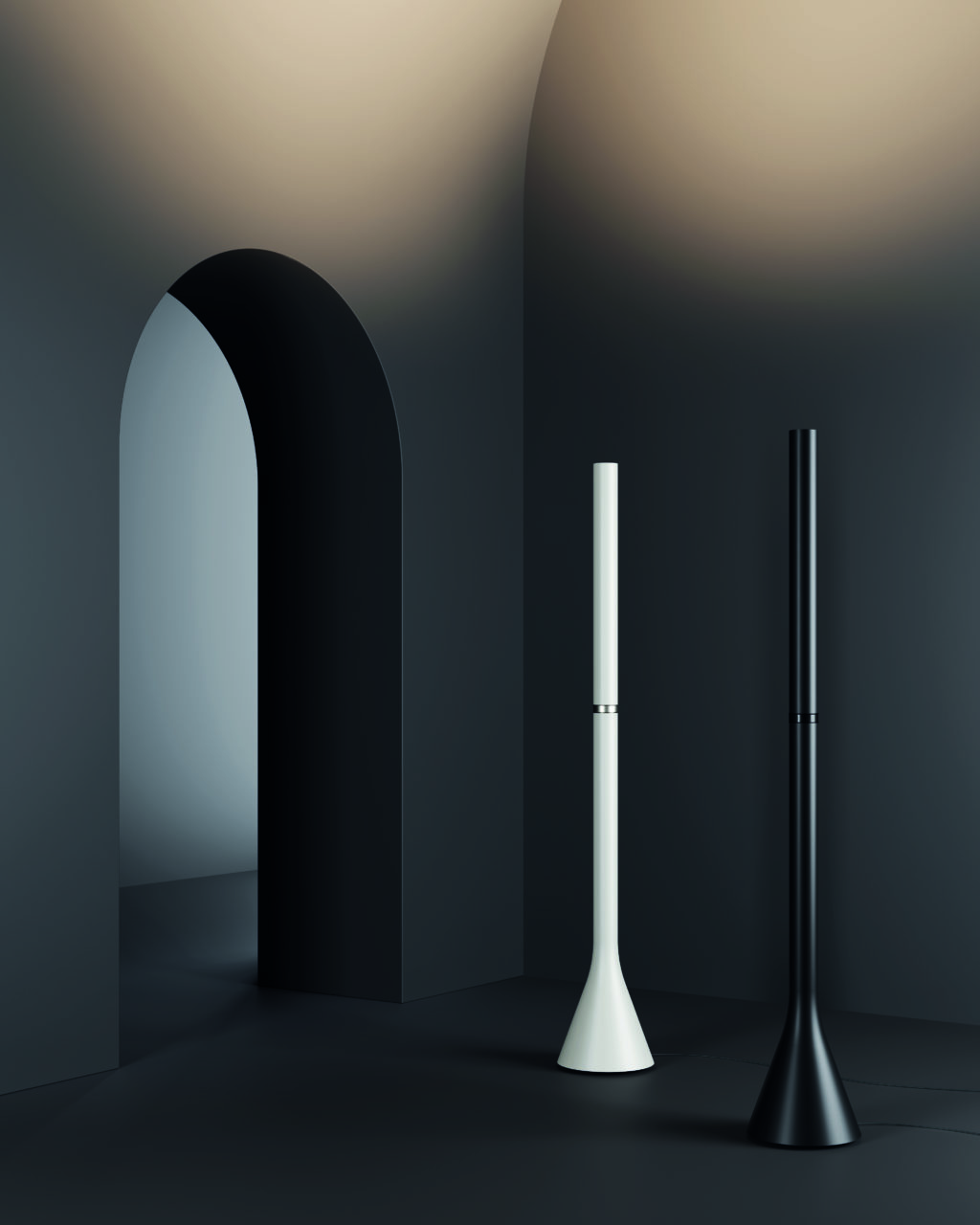


Cult Classics
Even though Supersalone was far smaller than previous Salone iterations, it still lacked the time customarily given to planning high-profile exhibitions. A concern for working with what was at hand underpins the show. COVID-19 certainly impressed this lesson on the event organizers, but a number of brands followed suit and set out to improve on what wasn’t broken. Why start from scratch when the simple act of adding a new color, fitting, fixture, fabric, or sustainable substitution can make a world of difference (to say nothing of the economic benefits)? After all, the designs of Gio Ponti, Afra and Tobia Scarpa, Achille Castiglioni, and Verner Panton—several of them revo-lutionary in their day—continue to be plenty appealing.
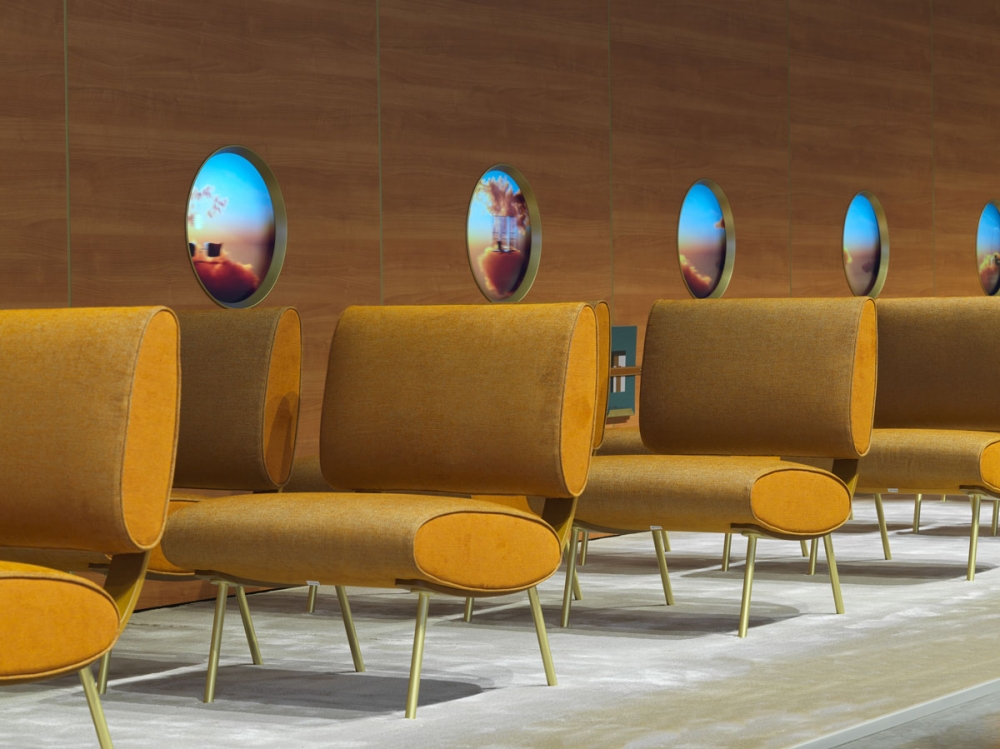


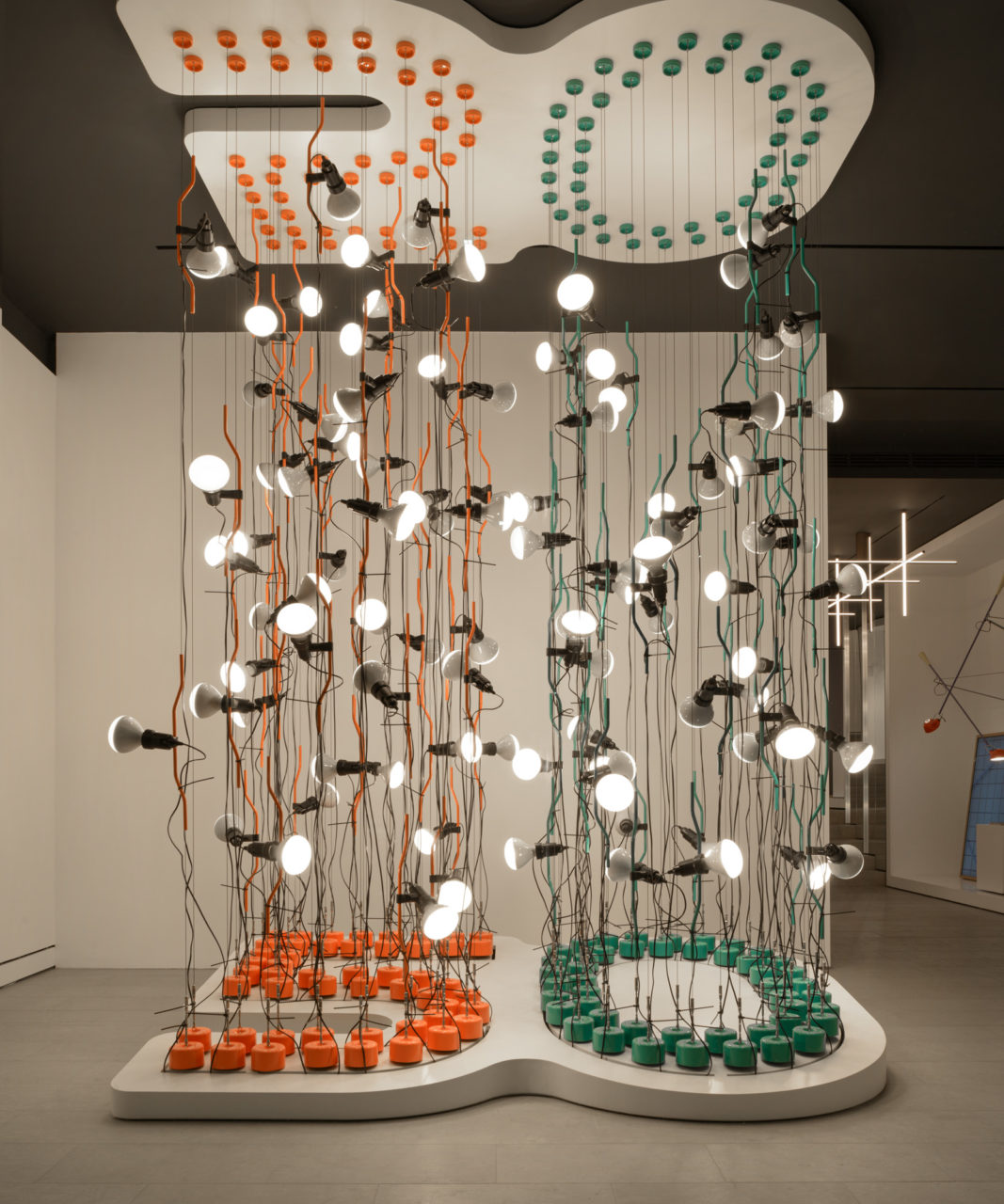


Bold & Beautiful
Classics aside, the fair was full of fresh takes on geometry and color. Chunky, tubular shapes and gentle contours were popular, perhaps best captured in newcomer Raawii’s Omar ceramic vessels. Spectral carpets and vividly pigmented upholsteries distilled unlikely points of reference; Peter Saville’s Technicolour collection for Kvadrat said it all. But the most pleasing results combined both aspects, as with Hem’s lemon-drop yellow, doughnut-shaped Boa pouf, which is every bit as comfortable as it looks. Based in Sweden but with outposts in Western Europe and the United States, Hem is indicative of how far Scandinavian design has come. The Dutch and French are not far behind. Best in show at Milan was Hermès Home’s Contemplating Materials installation, a mazelike mise-en-scène that used highly patterned textiles to great architectural effect.

Header image: Stealing this year’s show was Hermès’s Contemplating Materials installation. The piece demonstrated the material strength and graphic quality of geometric textiles, which were used to frame small exhibits. The various rooms played host to meticulously crafted leather, metal, and stoneware home goods, including the Studio Mumbai–designed Sillage d’Hermès chair and the copper foil-enameled Sialk plate collection. (Maxime Verret)

